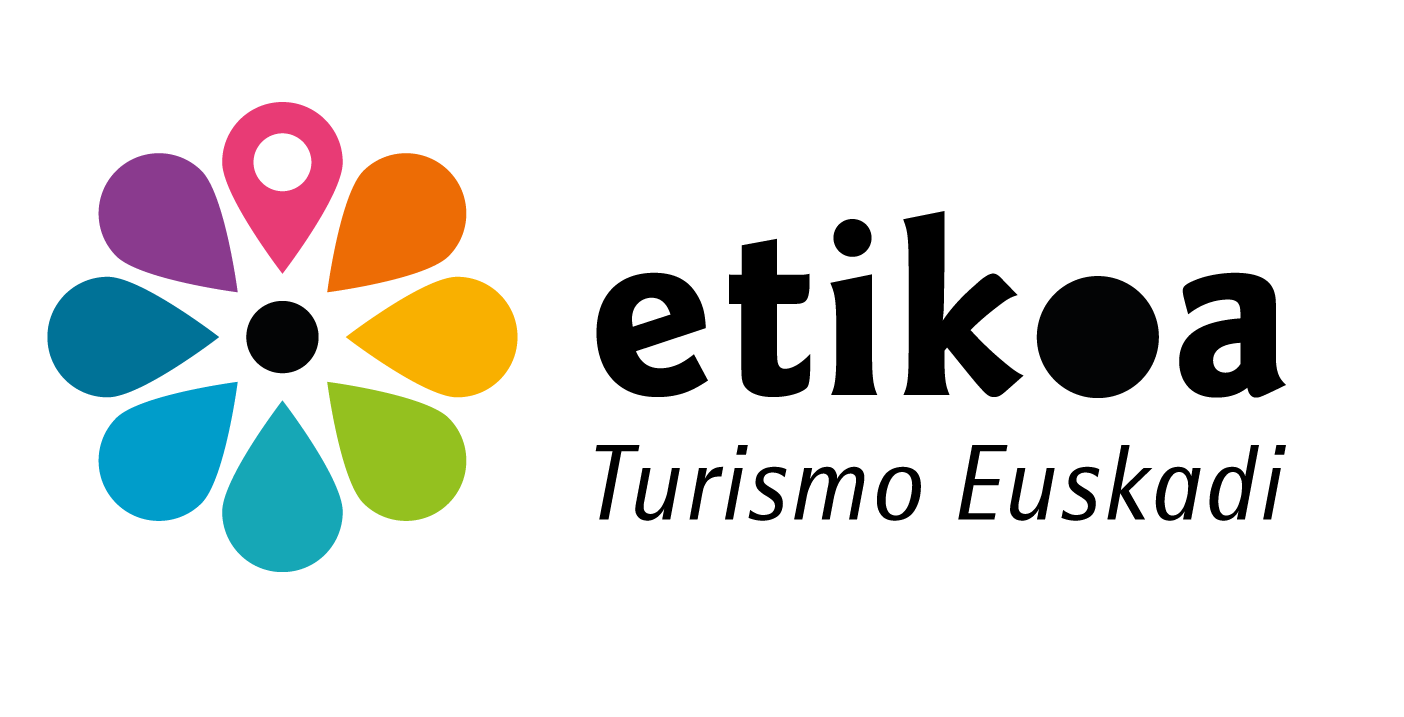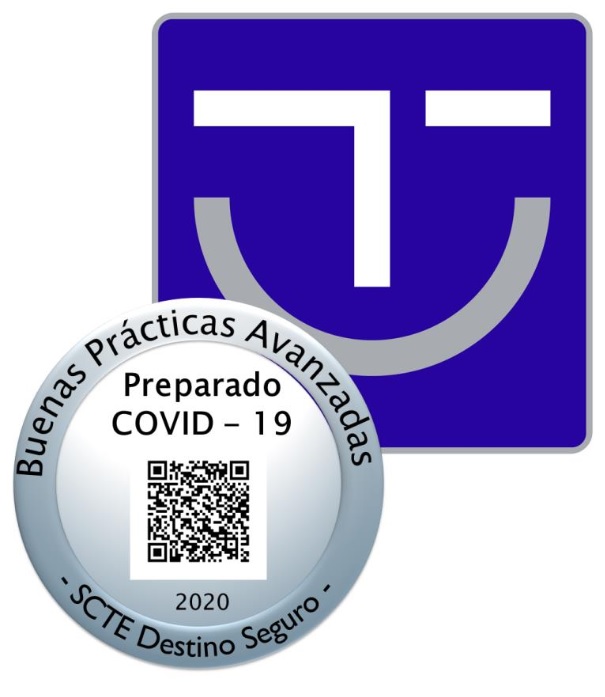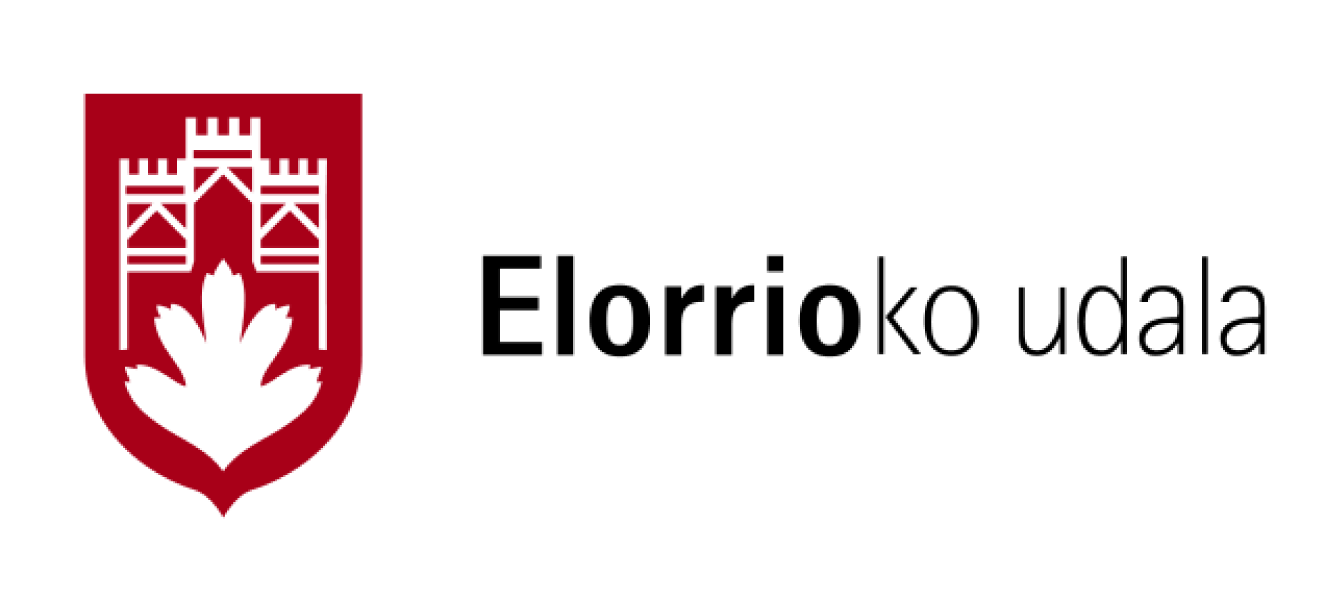Calvary Route
in Elorrio
ELORRIO’S CALVARY ROUTE
Nine stone calvaries (monumental Christian crosses) survive in Elorrio. All of them date from the 16th century and, except for the late Gothic cross at Kurutziaga, and they are all representative of different stages of the Renaissance.
Some of them, such as Kurutzebarri, Kurutzondo, Ganondo and Txanberi, are located on the roads leading out of the town, marking the boundary with the surrounding farmland, whereas the calvaries of Santa Ana, Kurutziaga and San Juan, which were originally located in the suburbs, are now quite central, due to the expansion of the town.
These urban landmarks could have been used at certain points as references to establish a quarantine line at the outbreak of an epidemic. But, above all, they served as plinths for devotional images to which travellers could entrust themselves when leaving the safety of the town walls.
A recovered heritage
Documents from the 18th century onward report the wretched state of conservation of the calvaries, exposed as they were to the harshness of the climate. Some descriptions even considered the calvary of Kurutzebarri to be lost, but it was partially retrieved thanks to an intervention in 1957. All of the calvaries were repaired between 1983 and 1984, and again between 2009 and 2016, when they were stabilised, cleaned and preserved.
An unparalleled ensemble
Elorrio’s calvary ensemble is the largest in the Basque Country, with around 10% of all the crucifix monuments in the region. Despite the fact that they are not as monumental as some calvaries in Brittany, or as numerous as the famous Galician crosses, they are older than most of them. Some of them, such as Kurutziaga, Santa Ana or Iguria, are also of outstanding quality, and, thanks to their continued preservation, they create an exceptional ensemble taking us on a fascinating journey through the evolution of 16th century sculpture.
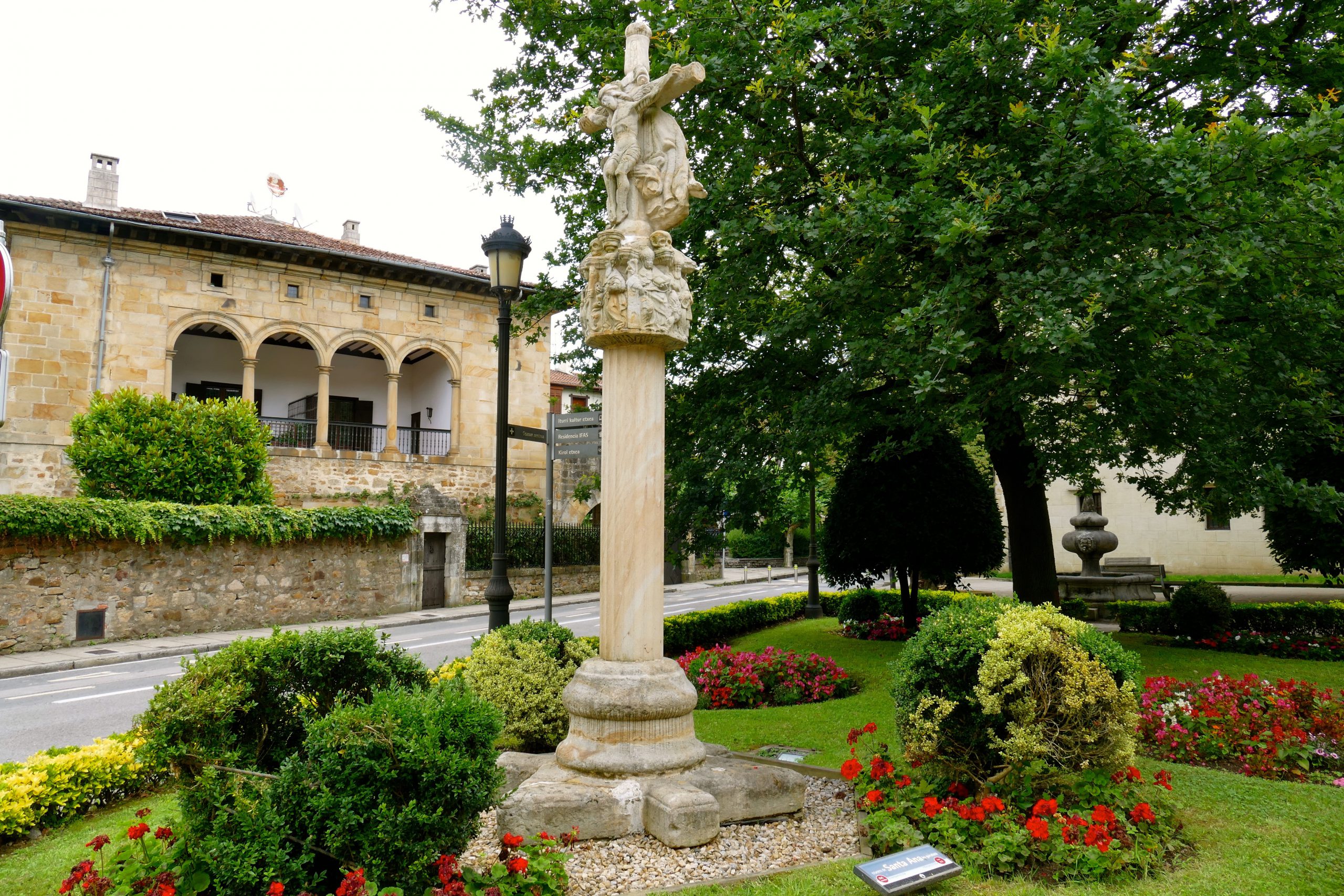
ROUTE INFORMATION
- Difficulty: easy
- Duration: half a day
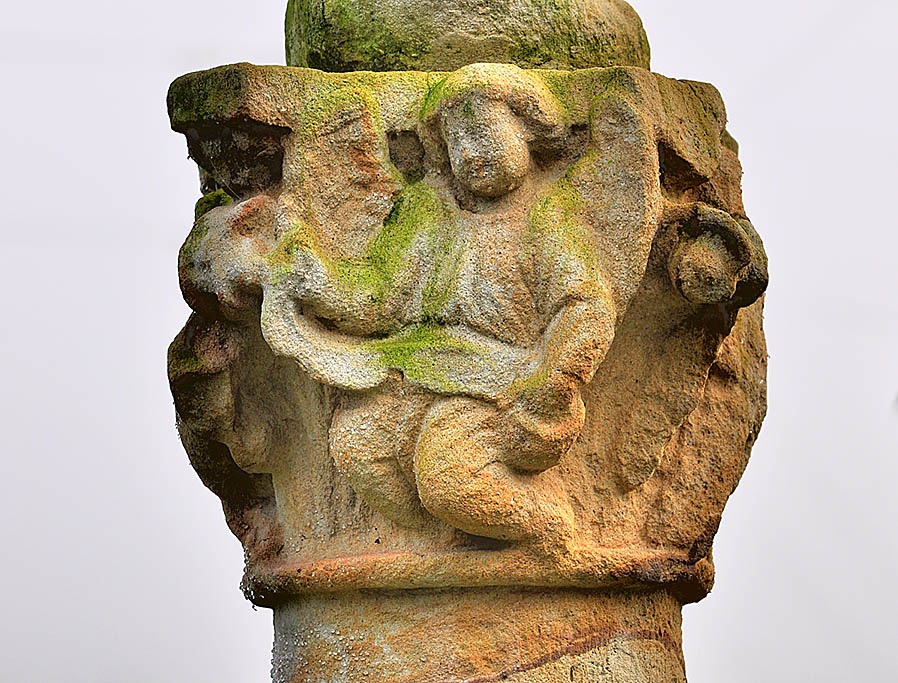
CREDITS:
Photographs: Santi Yaniz Aramendia
Text: Jesús Muñiz Petralanda
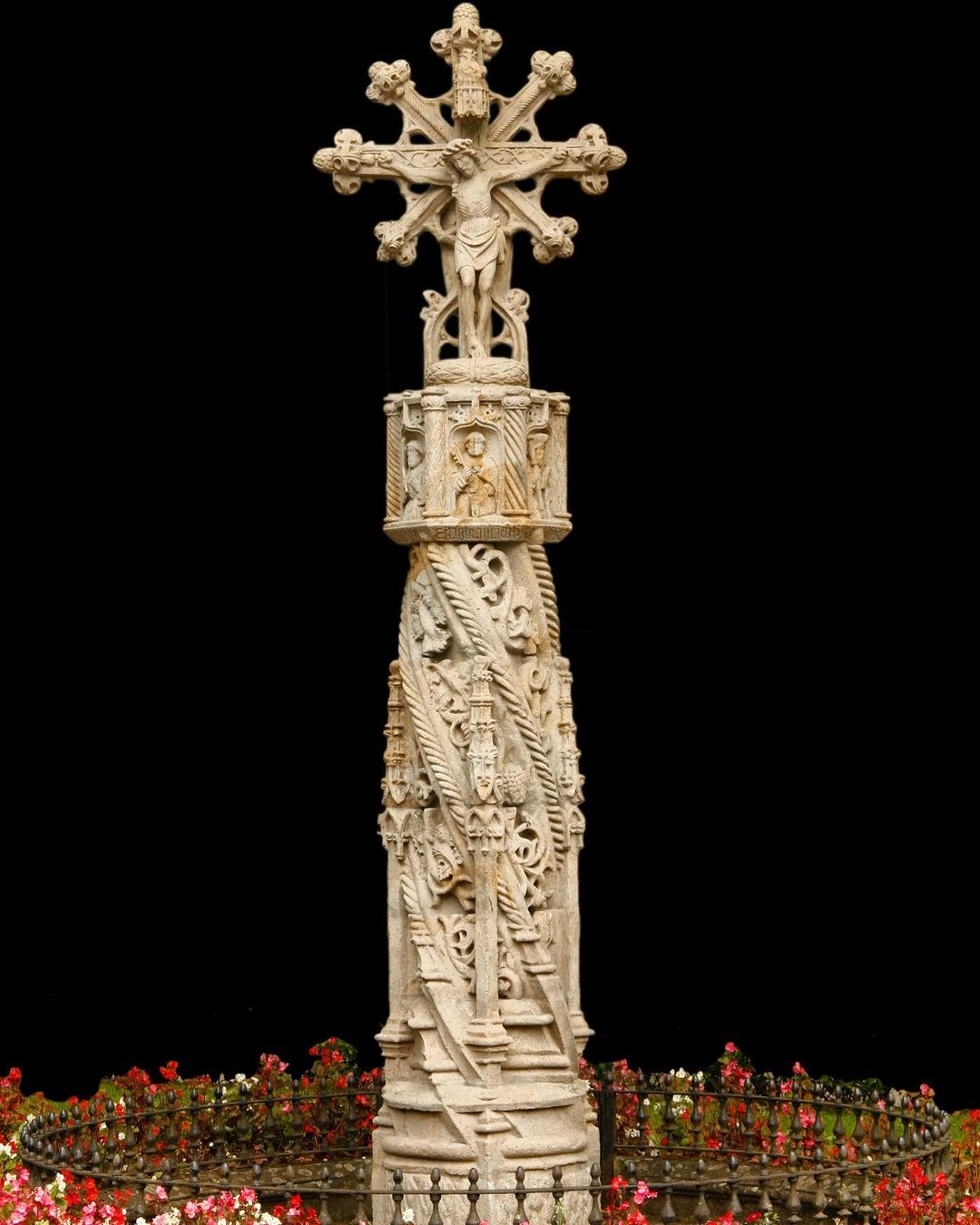
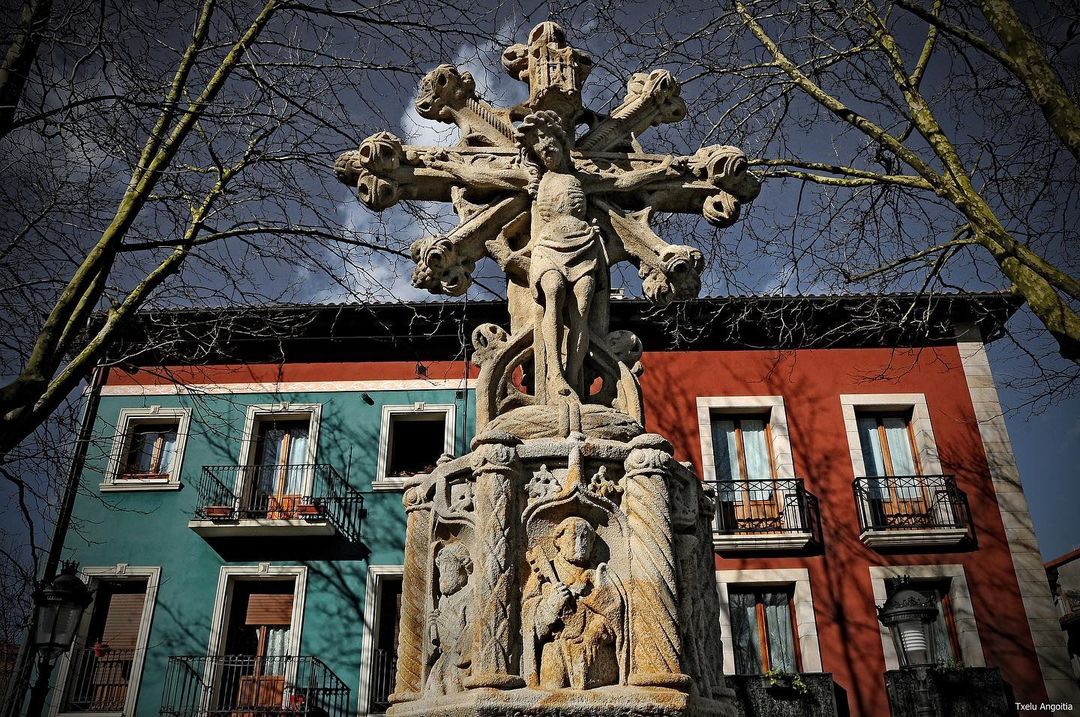
KURUTZIAGA CALVARY
This cross stands in the outlying area of Suso, on a column decorated with patterns depicting vines interspersed with birds and monsters, symbolising the struggle between good and evil. The inscription on the base of the capital reads “Esta obra ma[n]do hazer Ju[a]n[e]s de Elgueta que sancta gl[or]ia aya. Hizo el año de milldXXll”, which means “This work was made by order of Juanes de Elgueta, may God hold him in His glory. Made in the year 1522”. The cross features numerous niches containing figures of interceding saints: St. Peter, St. Andrew, St. John the Baptist, St. Marina, St. Catherine of Alexandria and St. James the Pilgrim.
On the front face of the calvary is a figure of the crucified Christ, wearing a thick crown of thorns and dressed in a short loincloth. On the back, the Virgin Mary holds the Christ Child on her hip, tenderly caressing his foot.
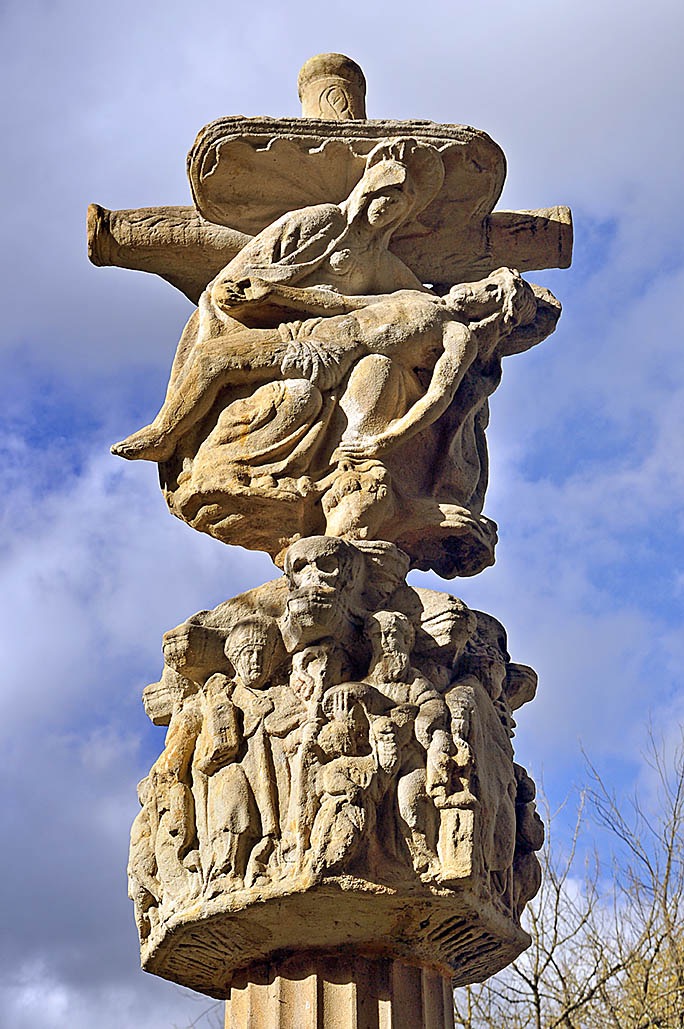
SANTA ANA CALVARY
This cross stands opposite the convent of the same name. It has a fluted column, which has been renovated more than once, and a splendid circular capital bearing representations of the Four Evangelists (Matthew, Mark, Luke and John) accompanied by the elder saints of the Latin church (St. Jerome, St. Gregory the Great, St. Augustine and St. Ambrose).
The inscription below the capital (…obra hizo Juan Miguel de Ossa, año de…, which translates as “…made by Juan Miguel de Ossa, in the year…”) is sadly incomplete, so the date of its construction is unknown. However, the expressive dynamic style of the carvings suggests that it dates from around 1550.
The anatomy of the crucified Christ depicted on the front is more powerful and less stiff than on the Kurutziaga cross, and on the back is a dramatic figure of Mary holding the body of Jesus
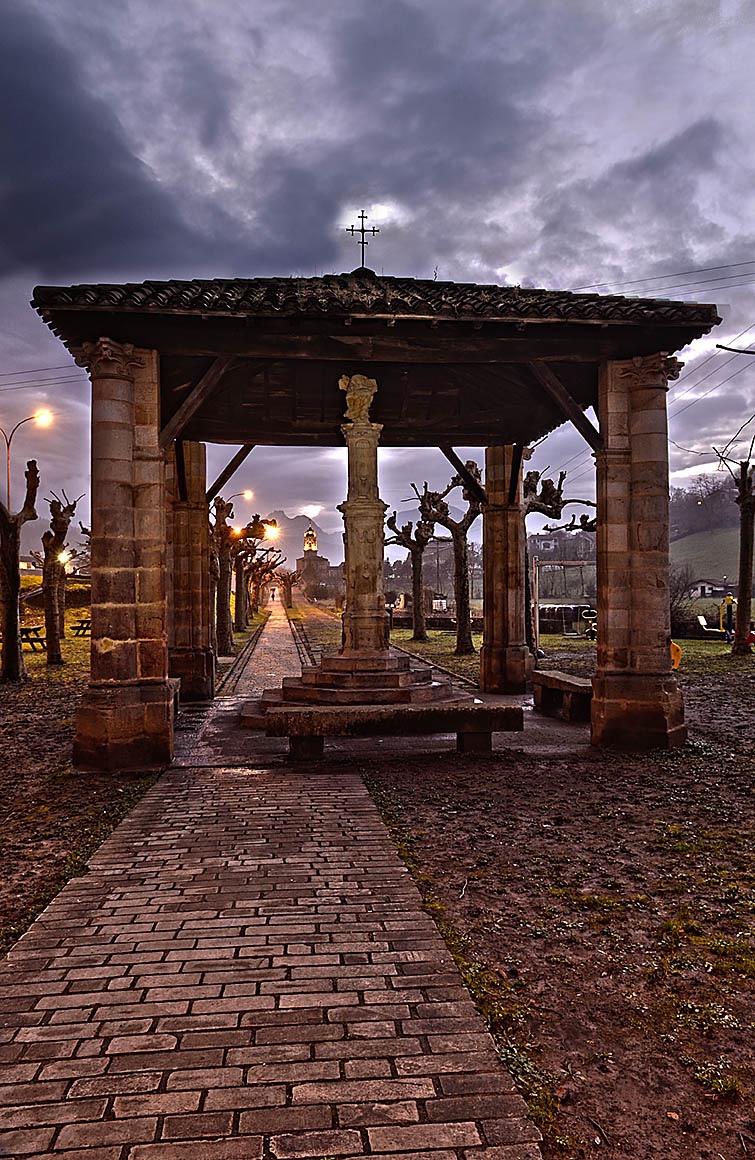
KURUTZEBARRI CALVARY
This cross stands beside the road to the church of San Agustín. It is in very poor condition: both the figure of the crucified Christ and the Pietà have lost their heads and parts of their limbs, though a beautiful cherub survives at the base.
Its style is similar to the calvary of Santa Ana, but it stands on a monumental base decorated with drapes, scalloped niches and winged cherub heads. These elements are typical of the early Renaissance period, around 1550.
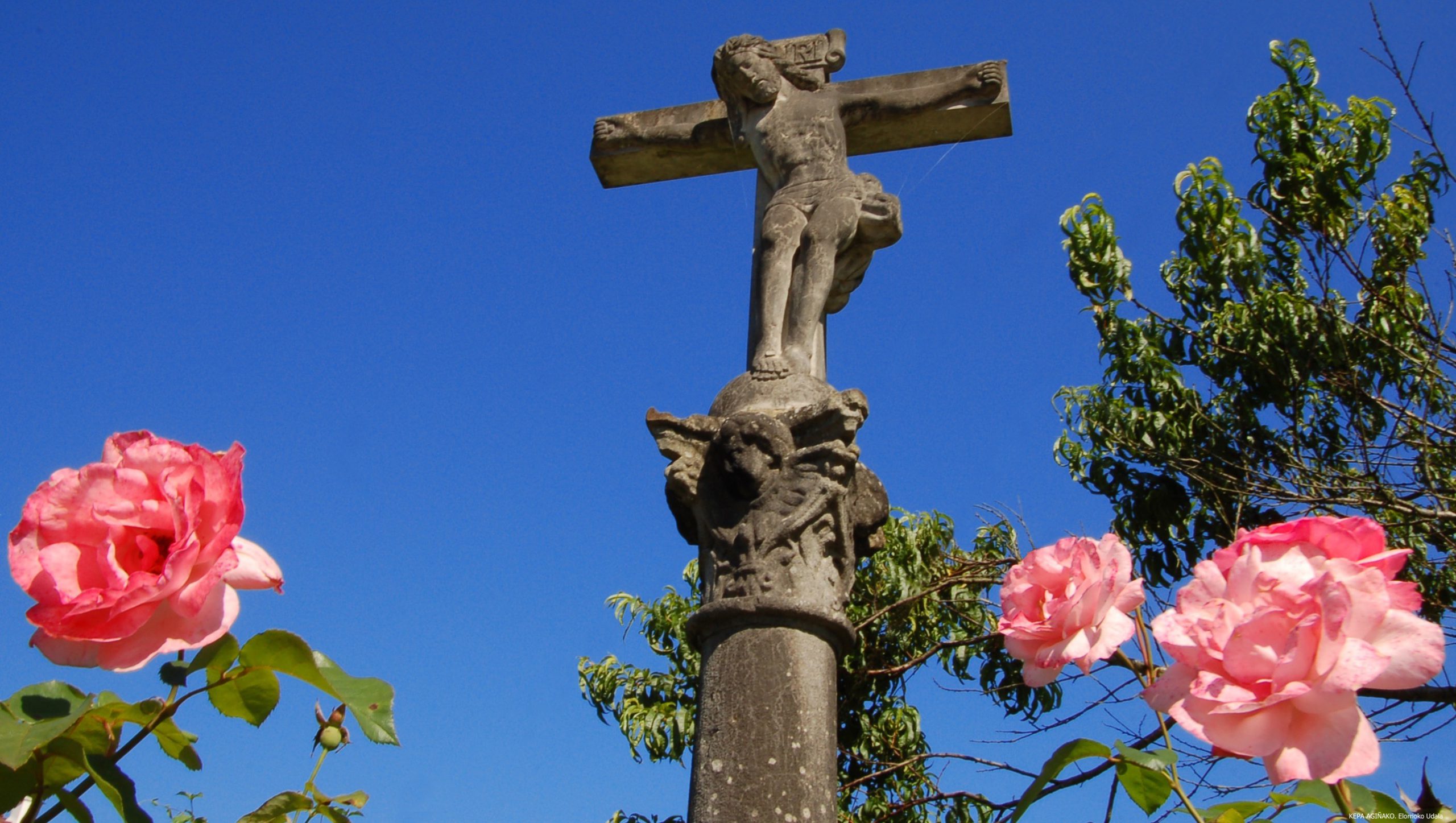
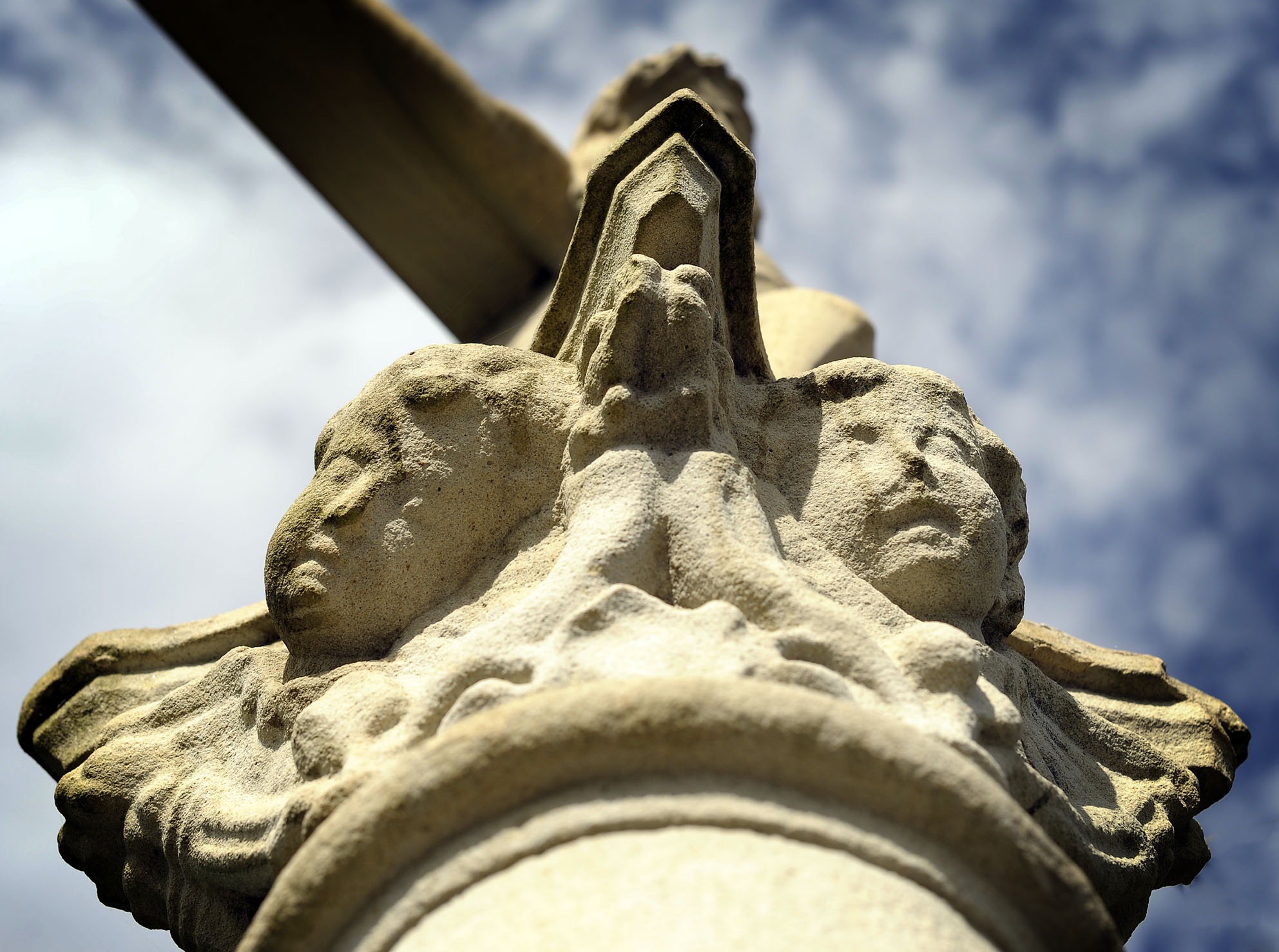
GANONDO CALVARY
This simple cross, with its plain column, stands beside the road to the chapel at Argiñeta. The figure of Christ is a replica of the original, and dates from the restoration carried out in 1984. The figure’s hips are tilted towards the left, where the loincloth is tied in a large knot. It stands on a capital decorated on all four sides with beautiful plump-faced cherub heads with small wings, a motif typical of the early Renaissance style. It is thought to date from between 1540 and 1560.
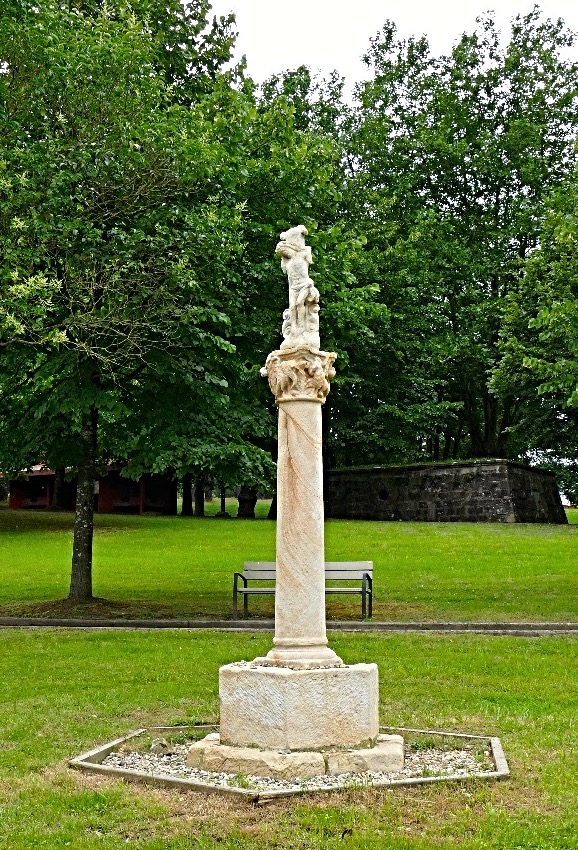
SANTA ELENA CALVARY
The Santa Elena cross stands behind the cemetery. The column is finished in a capital decorated with the Tetramorph, i.e. the symbols of the Four Evangelists (the eagle of St. John, the angel of St. Matthew, the bull of St. Luke and the lion of St. Mark) together with strips where their names would have been placed. The figure of the angel is strikingly dynamic.
The crucified Christ is in a position similar to that of the Santa Ana calvary, but has a loincloth knotted after the fashion of Ganondo. It dates from around 1560.
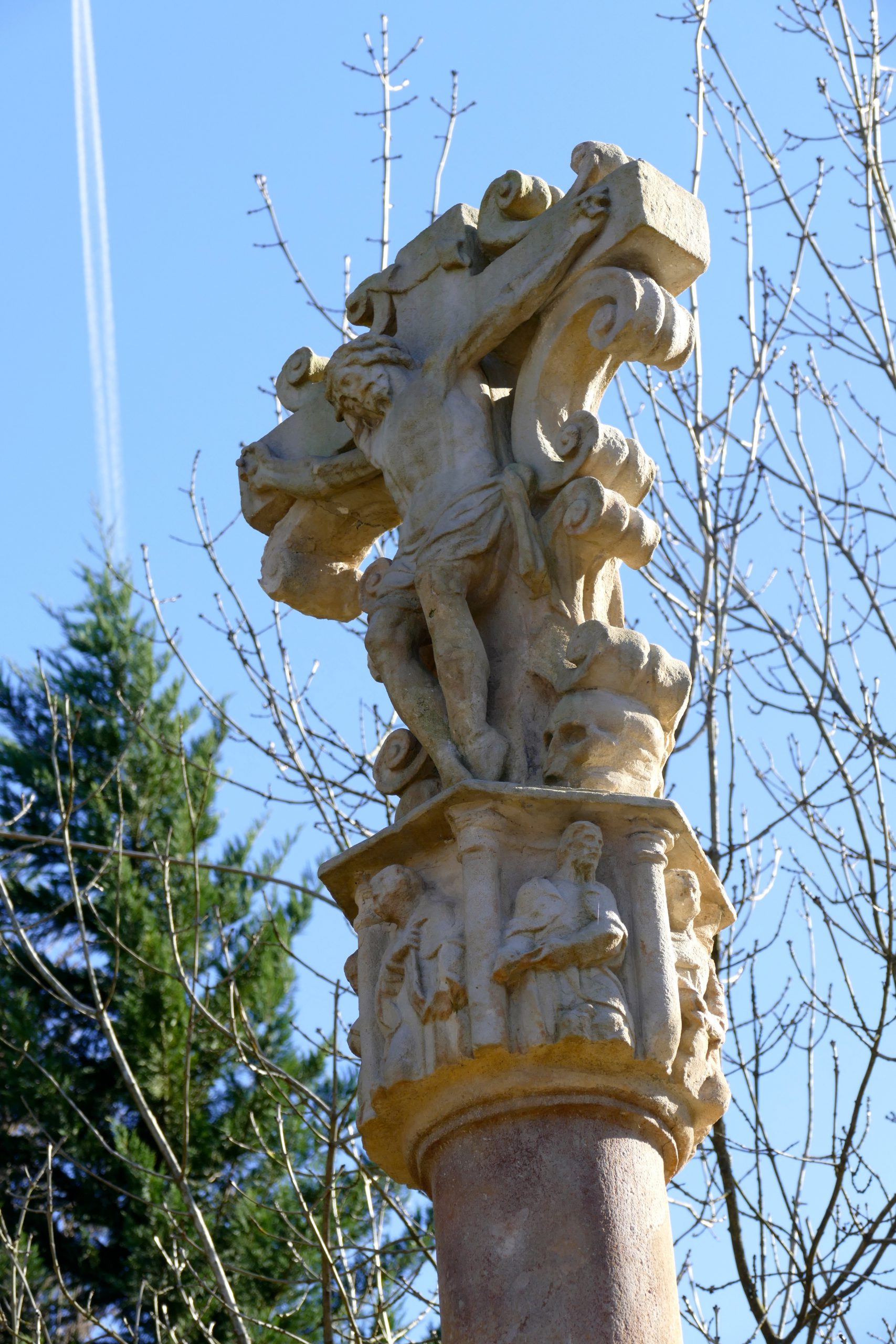
IGURIA CALVARY
This cross stands by the road to the bypass running towards the hilltop of Kanpazar. It has large volutes on its arms, and a hexagonal capital on which there are figures of the Four Evangelists (Matthew, Mark, Luke and John) bearing books, quills or phylacteries, along with depictions of St. Paul holding a great sword and St. Peter, apparently holding a large key, though the figure is badly damaged.
The crucified Christ is depicted as powerfully-built, dressed in a loincloth with folds that look highly flexible. The posture of the figure is one of dejection, unlike the vigorous figure of Jesus cradled by Mary on the other side of the cross. It is thought to date from 1550-1560.
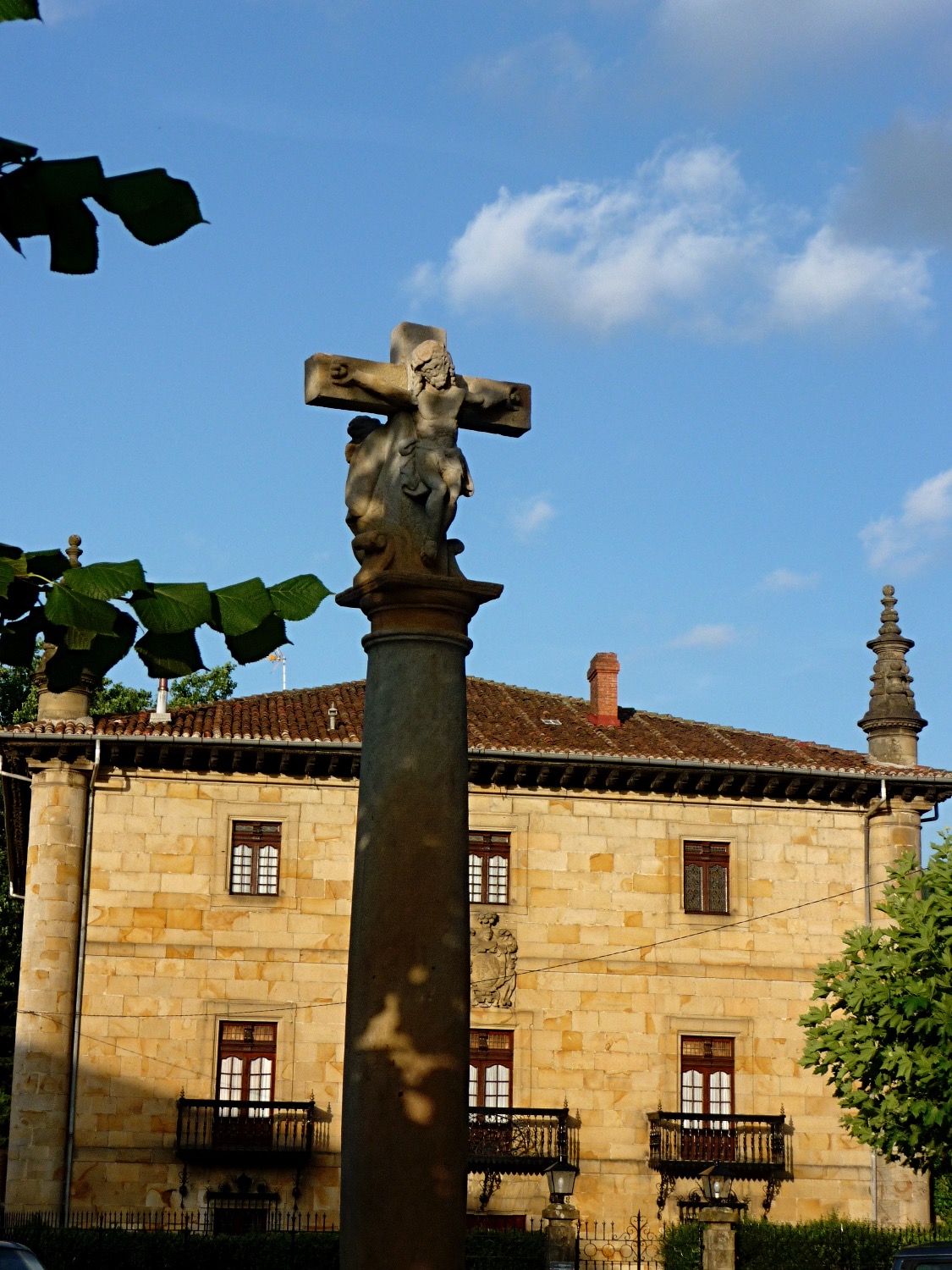
SAN JUAN CALVARY
This cross was erected in the outlying district of San Juan or Saldosin. It features a plain column topped by a sober Tuscan-style capital.
The powerful anatomy of the crucified Christ, the twisted shoulders, the over-large hands and the thickness of the loincloth are all features of the Romanist style, typical of the second period of the Renaissance. The same style can be found in the figures on the rear: a short-bodied Mary and a stocky, curly-haired Christ Child, all dating from around 1560-1570.
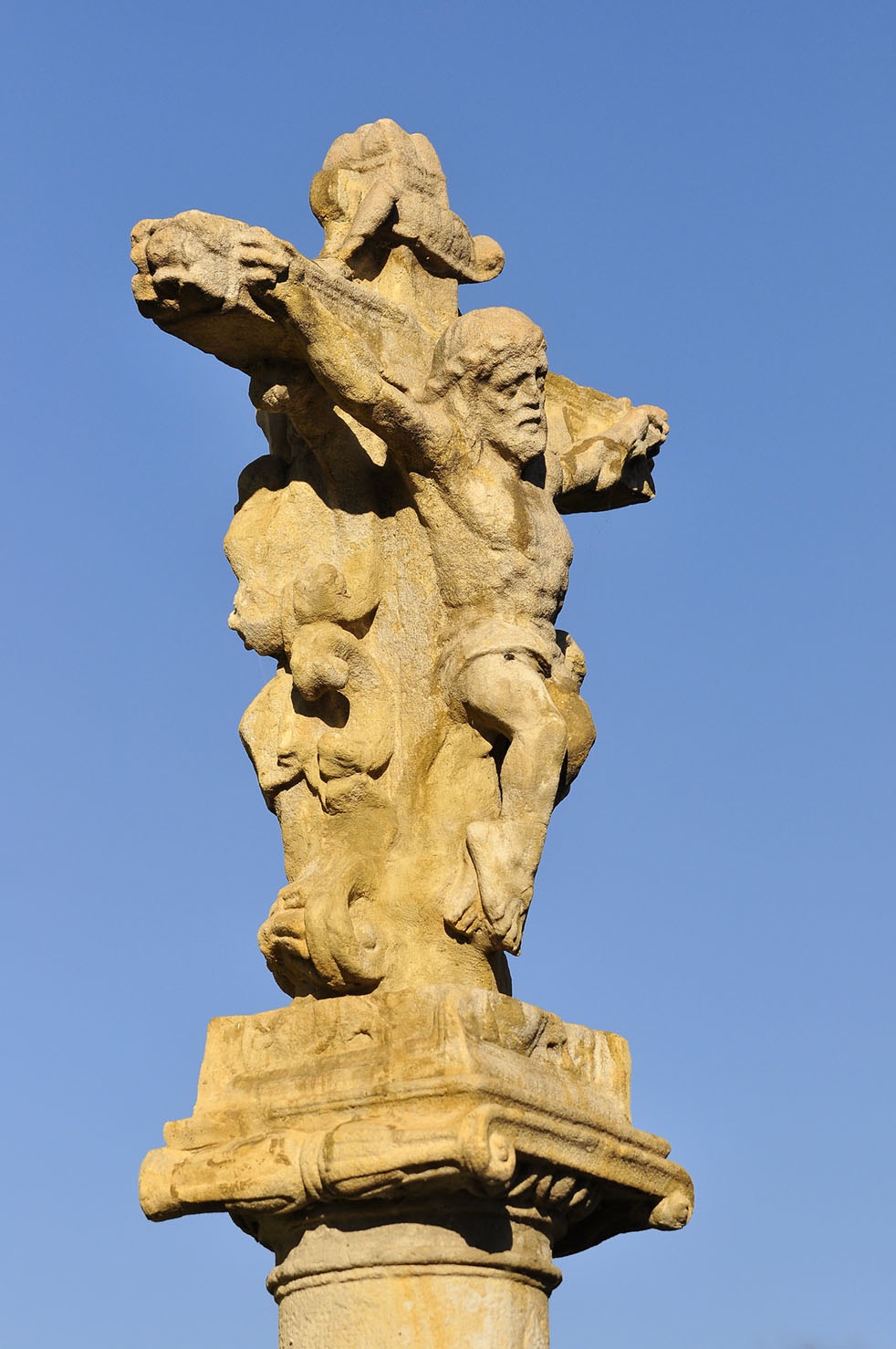
TXANBERI CALVARY
This cross can be seen to the left of the road towards Elgeta. By the turn of the 20th century it had lost much of its cubic capital, which was much like that of the Kurutzondo cross. The figures on the rear of Mary cradling the Christ Child are also badly damaged. As on other calvaries, the figure of the crucified Christ has its right knee set forward and its head tilted to the right. Its expression is one of fatigue. The loincloth is tied with a finely-detailed knot on the left hip. It dates from around 1570.
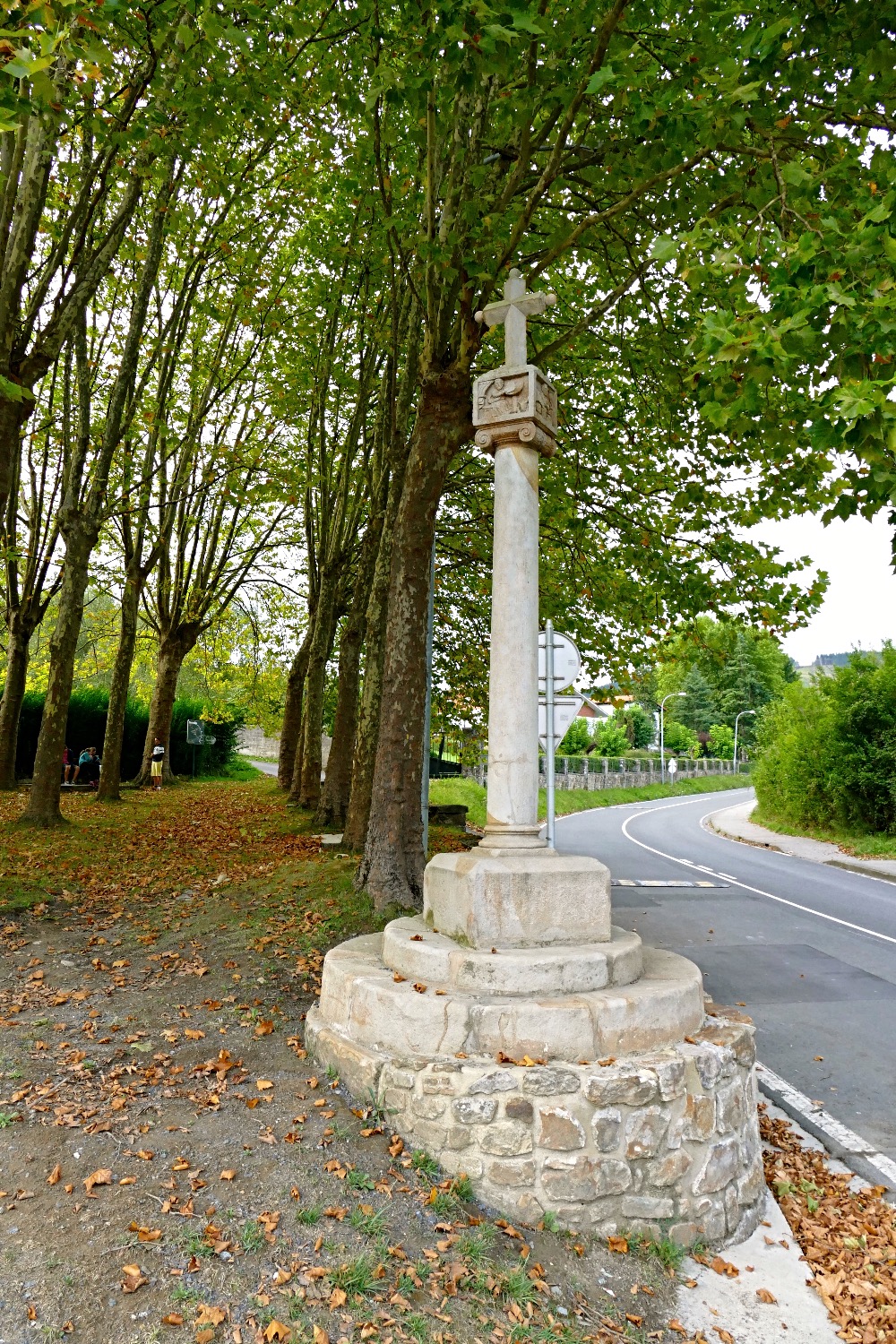
KURUTZONDO CALVARY
This cross, which stands beside the road towards Berriz, is the only one that currently lacks any figures. The plain column is topped by a fine Ionic-style capital, decorated with spiral volutes with baluster sides, covered with acanthus leaves. By contrast, the cubic cross-base features rough bas-reliefs of Matthew, Mark, Luke and John seated at their desks, accompanied by their symbolic attributes. It probably dates from around 1570.

Extended information...
You may also like...
GUIDED TOURS
Visit the city center with a guide
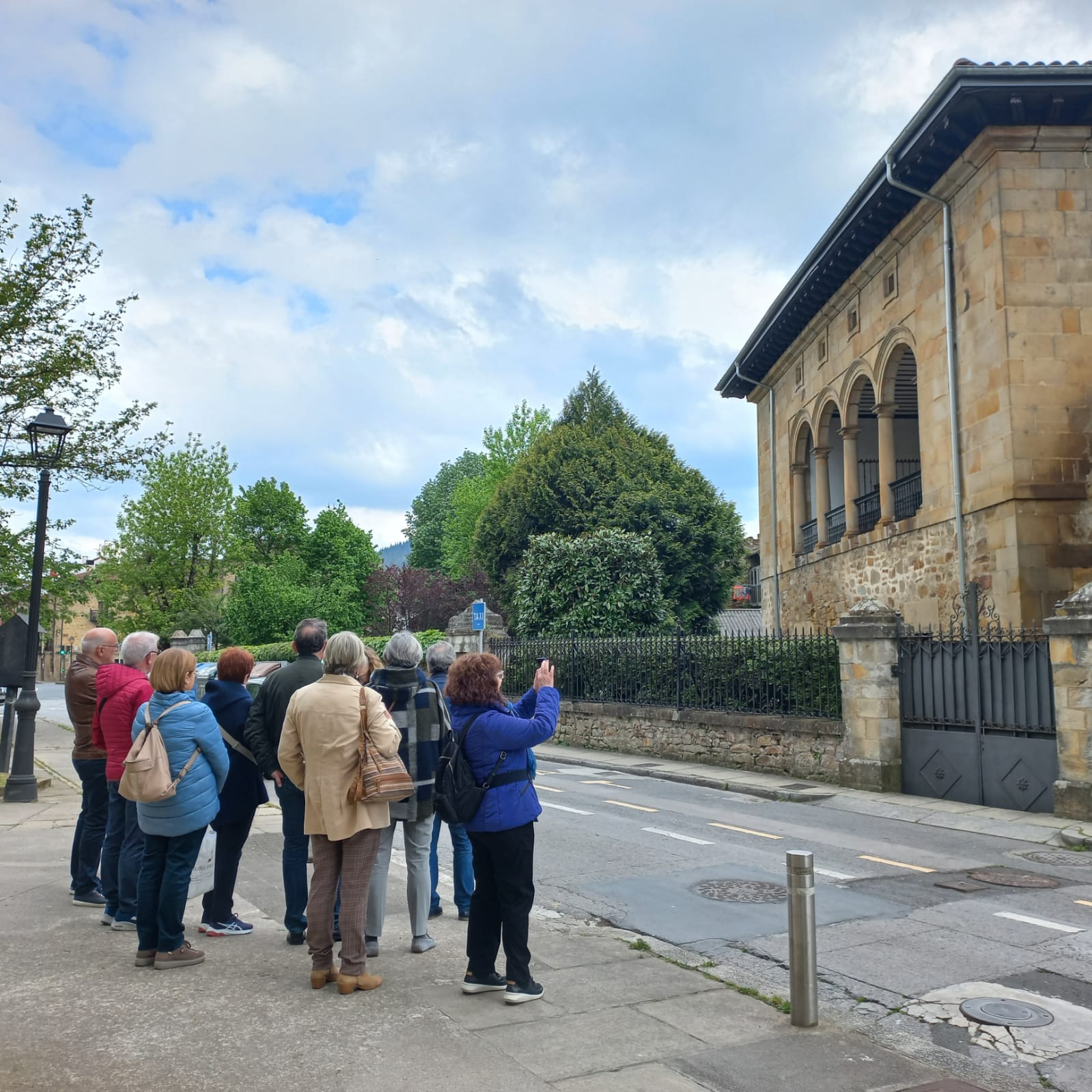
BERRIO-OTXOA ROUTE
Tour about San Valentín de Berrio-Otxoa in Elorrio
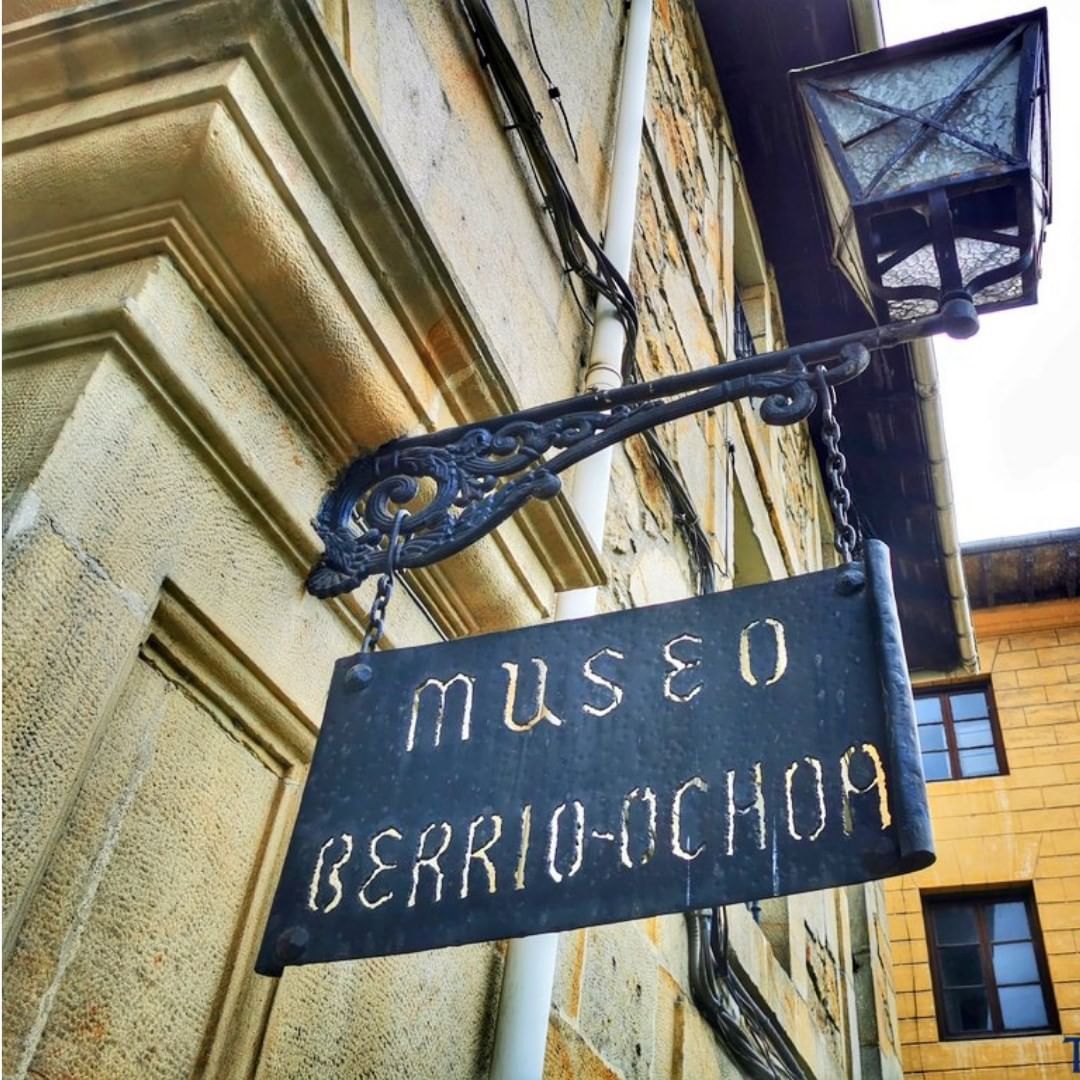

THE BASILICA
Meet the Immaculate Conception of Elorrio

NECROPOLIS OF ARGIÑETA
The most important medieval funerary complex in the Basque Country

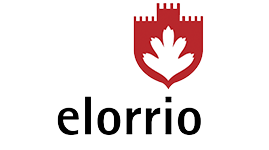
WINTER OPENING HOURS
From 15th September to 31st May
Monday: closed
Tuesday to Friday: 10:00 - 14:00
Saturday and festivities:
10:00 - 14:00 and 16:00 - 18:00
Sunday: 10:00 - 14:00
TOURISM OFFICE
Berrio-Otxoa Street, 1
48230 Elorrio (Bizkaia)
CONTACT US
SOCIAL MEDIA
